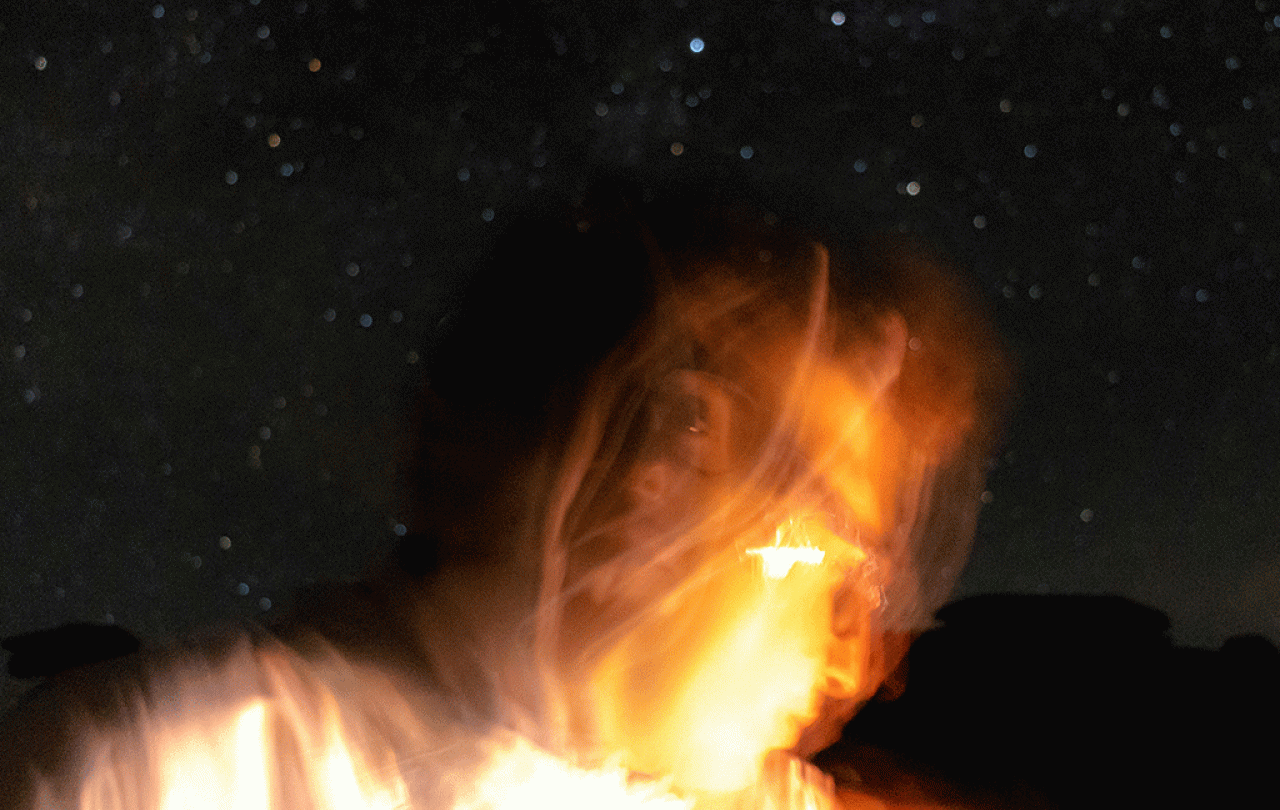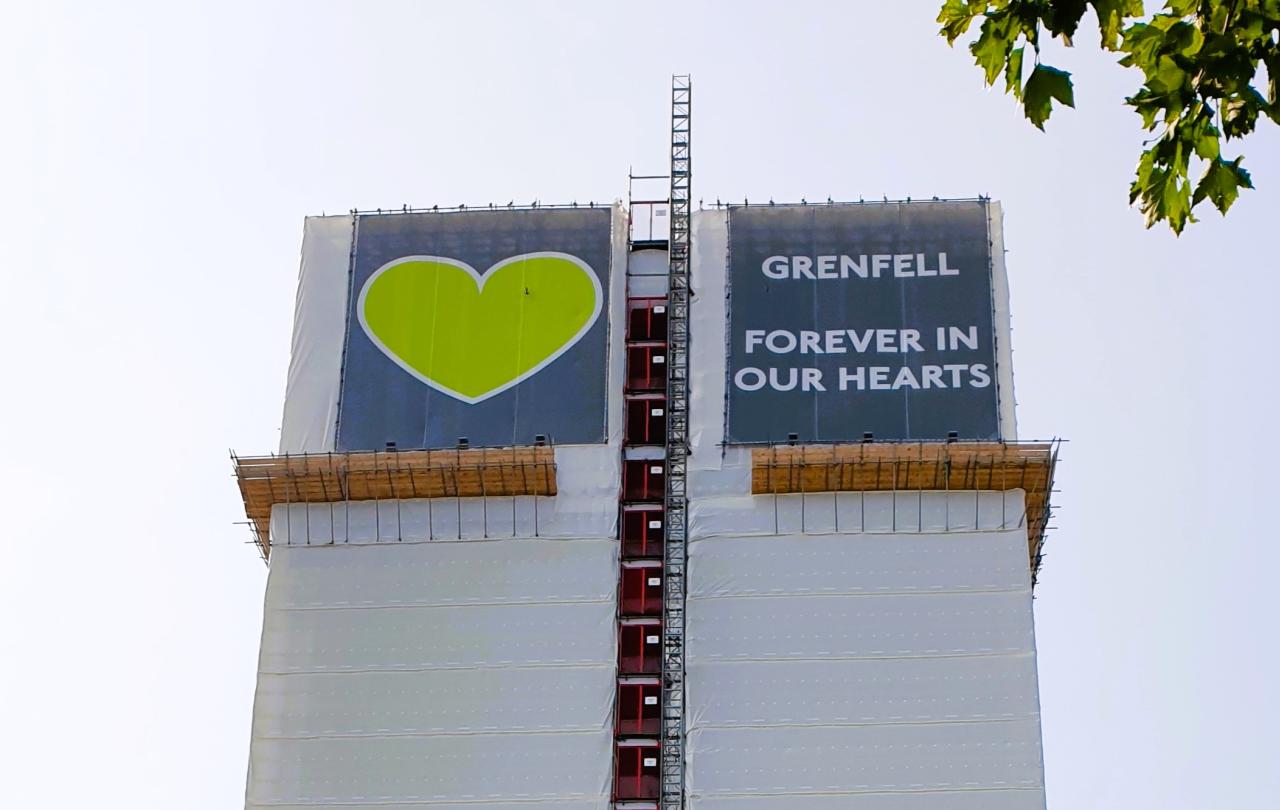
Some while back, my husband rearranged the books in our house, making sure that they were grouped together by theme. We have a lot of books, and there are now themes and sub-themes. It was quite an operation. Within the nature-related books, he created a separate shelf for books that have ‘wild’ in the title. We joked about it, but it made me think about how I’d noticed ideas of ‘wild’ pop up in lots of places in recent years: on clothing and stationery (with leaves or words like ‘keep growing’ printed), in shop windows (furniture displays draped in plastic greenery and fake animal skins), on social media (there are accounts that have ‘wild’ in the title connected to farming, conservation, publishing, personal development, coaching, poetry, business, and more), and in book shops (of which we apparently have only half the stock).
A quick online search on the topic of wilderness quickly leads me to conservation initiatives and statistics on the state of nature, but it also leads me to nature connection experiences, wild swimming, wild camping, soul work, and more. Wilderness becomes a pliable and hard-to-define term. It can relate to the natural world, to wildlife and natural spaces that have avoided human domination. It can also relate to the inner world, to spiritual experiences or to isolating and challenging times. But however you approach it, wilderness – inner, outer – seems to be having a hard time.
In recent months, wild camping has come under the spotlight. Dartmoor is the only place in England where wild camping is legal, and this this access helped to form me: as a teenager I hiked and camped with friends, encountered Dartmoor ponies trying to steal our food in the night, stomped through bogs and wolfed down boil-in-the-bag meals as the sun set. As an adult I’ve camped alone in a bivvy bag, my soul singing back to the Milky Way shining above me. Now, these experiences feel as much in need of protection as the nature they depend on, since a wealthy landowner decided to try and prevent people from undertaking this ancient practice of sleeping under the stars. The court case is ongoing, but it has highlighted the fragility of our access to nature here in England. Just 8 per cent of English countryside is accessible, and 3 per cent of rivers have an uncontested right to swim. Now, the last remaining right to sleep under the stars is under threat.
It is hard to know what we’re losing when it becomes harder and harder to see and touch the real thing.
We live in a time of crisis not just of the state of nature, but also of how we experience the natural world. In a recent study of nature connectedness, Britain was ranked lowest of all the countries surveyed. Our biodiversity is in crisis and so is our ability to encounter the natural world. This feels heightened by a way of being in the western world that sees us all living in our individual houses, working hard to pay for them, shuttling children and selves through schedules, spending fewer and fewer hours outside and with each other.
And this is not just a problem ‘out there’, because inner and outer landscapes are linked. It is unsurprising to me that in the UK at least, levels of good mental health, biodiversity, and access to nature have all been in decline. Disintegration of one is, I think, deeply connected to disintegration of the other.
These linked crises feel further threatened by the trapping and taming of ideas of wilderness, wrapping it into trends and materialism, commodifying it. There are some brilliant and essential initiatives helping to re-wild our inner and outer worlds. But there are also offerings that use wilderness imagery and the freedom and adventure associated with it to sell products and services, or as backdrop to human endeavour, or as a destination or resource for our consumption. I think a commodified wild can get in the way of the actual wilderness we need both externally and internally. This commodification is, I think, affecting our understanding of what the wild is and why it matters. It is hard to know what we’re losing when it becomes harder and harder to see and touch the real thing.
If real wilderness is everywhere but where we need it right now, how might we re-find it – in the natural world, but also within ourselves and our communities? Answering that question is work that many people are focused on now in all kinds of ways, and a short essay cannot begin to offer a full response. I will write more on this topic. But the question I have in mind at the moment is, how do we invoke wildness and wonder in the landscape of the modern world? – a physical landscape that is being stripped of nature, but also a social landscape that can often diminish our humanity. Perhaps a simpler way to ask the same question is, how do we not just survive life but get excited about it? – How do we love ourselves, our neighbours, and creation enough to deeply and truly care for these things?
Time stops, something says: here, look at this, it is everything.
There are of course structures, systems, and powers that need to change so that people can move out of mere survival, and so that the wild world is restored. I am not exploring those things here. Here, I want to simply share three things that lately, have energised my ability to feel the love, the excitement, and the desire to cherish and protect our hearts, our relationships, and the generous world that hosts us all. Perhaps by reawakening these things, we might find motivation and sustenance for tackling structures and systems.
First, I have been noticing what my young daughter notices. The light shining off a puddle; the way an ant crawls on her hand; the bright silver moon in the sky. I have never struggled to access the exhilaration of the natural world, but seeing through her eyes, I am doing so again. Time stops, something says: here, look at this, it is everything. The medieval mystic Julian of Norwich saw the wonder of the world, and God’s love for it, in a single hazelnut. She recounts her visions in her book Revelations of Divine Love. Sometimes connecting with the specific can help us see and face the global.
Second, there are authors who help me summon wildness and wonder in the landscape of the modern world, and in a future Seen & Unseen piece I’ll take us on a tour of some of those I love the most. Some of the authors are ancient. In Psalm 78, I read “…they forgot what he had done, the wonders he had shown them”, and “…they kept on sinning; in spite of his wonders, they did not believe.” If sin is a kind of disconnection, perhaps our disconnection from creation might lead our gaze to turn inward, and to land on things that do not call forth the best of humanity, rather than the wonder of each other and the world around us. That we are able to forget wonder is something we must remember and work to counter.
Third, I have been thinking through the encounters that have most exposed me to wilderness of the world and of my soul and of relationship – both the uplifting and the challenging. Encountering the vastness of that shining and vertigo-inducing Dartmoor night sky; encountering others in relationships that have helped me slip my skin and enter their unknowability and fragility and beauty; encountering contexts that seem too broken for repair and yet still light enters in. It is in these encounters that I first found God dwelling, and when I followed his trail, I noticed that throughout the Bible there are many people who experience the challenges, joy, and lessons of the wilderness. Wilderness is not just beauty – it can also be unknowable, disorienting, scary. For 40 days in the wilderness, but also in the beauty of the lily of the field and birds of the air, Jesus is right there with us, showing that God can meet us in beauty and barrenness, in wonder and in despair. Again and again in the Bible I see how God loves the world, how he calls it constantly to life through resurrection, through re-creation, through that three-in-oneness of father/son/holy spirit, of self/other/world, of body/encounter/mystery.
Now, I think our souls and societies might benefit from investing in relationships first conjured in Eden: with a garden, with a human, with God and the mystery he points us to. These things feed each other; when one suffers so do the others. As we face a disintegrating and increasingly commodified natural world, a mental health crisis, and an epidemic of loneliness, I think we are being called back to that garden, and to the kinds of wildness it made possible. I’ll look forward to exploring these themes more.





